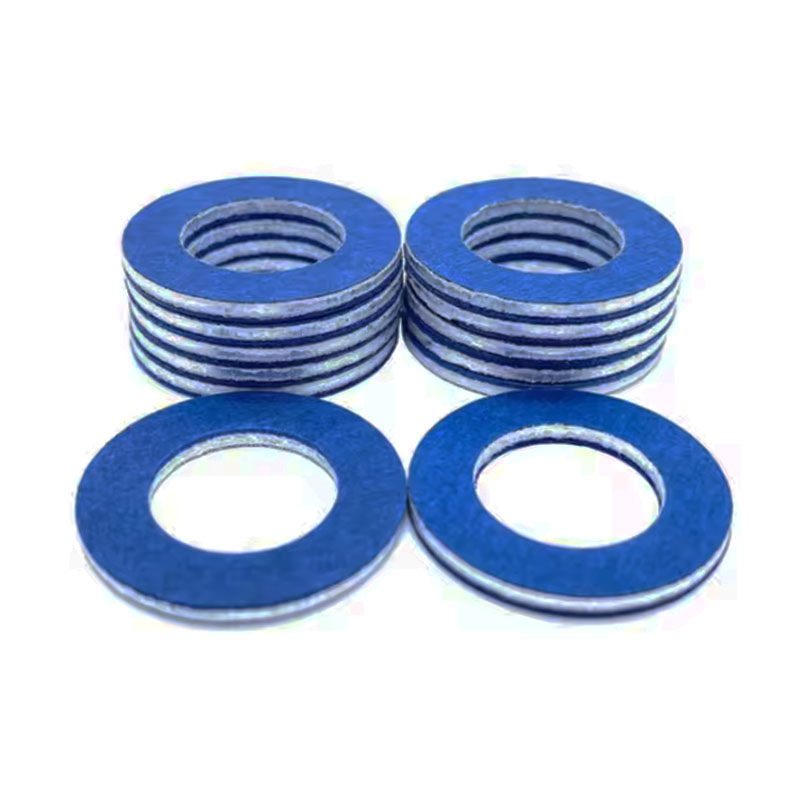Understanding the Importance of Automatic Transmission Oil Seals for Optimal Vehicle Performance
Understanding Automatic Transmission Oil Seals
Automatic transmissions play a crucial role in the functioning of modern vehicles, enabling seamless gear changes and improved driving experience. One of the often-overlooked components in an automatic transmission system is the oil seal. These seals are vital in maintaining the health of the transmission by preventing fluid leaks and ensuring the proper functioning of the system.
What is an Automatic Transmission Oil Seal?
An automatic transmission oil seal is a crucial component designed to prevent the transmission fluid from leaking out of the transmission housing. Typically made from materials like rubber, silicone, or polyurethane, these seals create a tight barrier between the moving parts of the transmission. They are positioned around various components, including the input and output shafts, to keep the transmission fluid contained.
The Importance of Transmission Fluid
Transmission fluid serves multiple purposes. It lubricates the moving parts of the transmission, cools the system, and ensures smooth engagement of gears. If the fluid begins to leak due to a faulty oil seal, it can lead to several problems, including overheating, increased wear and tear on transmission components, and, ultimately, transmission failure. Therefore, maintaining the integrity of the oil seals is essential for the longevity of the transmission system.
Common Causes of Oil Seal Failure
Several factors can contribute to the failure of automatic transmission oil seals
1. Age and Wear Over time, oil seals can degrade due to exposure to heat and friction. The constant expansion and contraction of materials can lead to cracks or breaks, compromising their sealing abilities.
2. Contamination Particles from dirt, debris, or even improperly formulated transmission fluid can wear down the sealing surface or cause the seal to fail prematurely.
3. Poor Installation Incorrect installation can lead to misalignment or improper seating of the oil seal, resulting in leaks. Ensuring that oil seals are installed correctly is vital for their proper functioning.
automatic transmission oil seal

4. High Pressure Excessive pressure within the transmission can also lead to oil seal failure. This can happen due to issues like clogged transmission filters or overheating.
Recognizing Signs of Oil Seal Failure
Drivers should be aware of the warning signs that may indicate oil seal failure. Common symptoms include
- Transmission Fluid Leaks Puddles of red or brown fluid underneath the vehicle can indicate a leaking oil seal. - Erratic Shifting If the transmission struggles to change gears or slips unexpectedly, it could be due to fluid loss affecting pressure within the system. - Overheating A rise in transmission temperature can occur when there isn’t enough fluid due to oil seal leaks, leading to potential damage.
Prevention and Maintenance
To prevent oil seal failure and ensure the optimal performance of an automatic transmission, regular maintenance is key. Here are a few tips
1. Routine Fluid Checks Regularly inspect the transmission fluid level and quality. If the fluid appears dirty or smells burnt, it may need replacement.
2. Timely Service Adhere to the vehicle manufacturer’s service recommendations, including periodic transmission servicing and filter replacements.
3. Professional Inspections Have a professional mechanic conduct periodic inspections for early signs of wear or leakage, ensuring that any potential issues are addressed before they escalate.
Conclusion
Automatic transmission oil seals are small yet critical components that play a significant role in the overall health of the vehicle’s transmission system. By understanding their importance and implementing regular maintenance, drivers can help prevent costly repairs and ensure a smooth driving experience. Addressing signs of oil seal failure promptly will not only safeguard the transmission's performance but also enhance the longevity of the vehicle itself.
-
Understanding Automotive Oil Seals: Essential Components for Engine and Shaft Protection
News Jul.30,2025
-
The Importance of Heavy Duty Seals in Industrial and Residential Applications
News Jul.30,2025
-
Exploring Industrial Oil Seals: From Felt Oil Seals to TTO and CFW Solutions
News Jul.30,2025
-
Essential Guide to Oil Seals: From Radial to Metal-Cased Seals for Industrial Reliability
News Jul.30,2025
-
Choosing the Right Oil Seals and Gaskets for Industrial and Automotive Applications
News Jul.30,2025
-
Cassette Seals: Durable Sealing Solutions for Harsh Environments
News Jul.30,2025
-
Understanding the Front Main Engine Seal: Purpose, Maintenance, and Installation
News Jul.29,2025
Products categories















